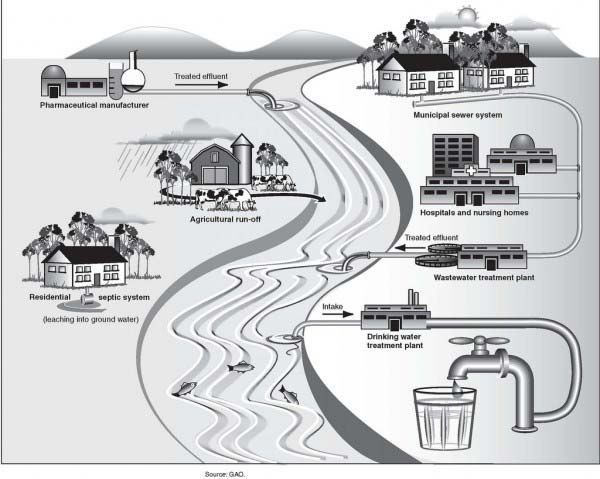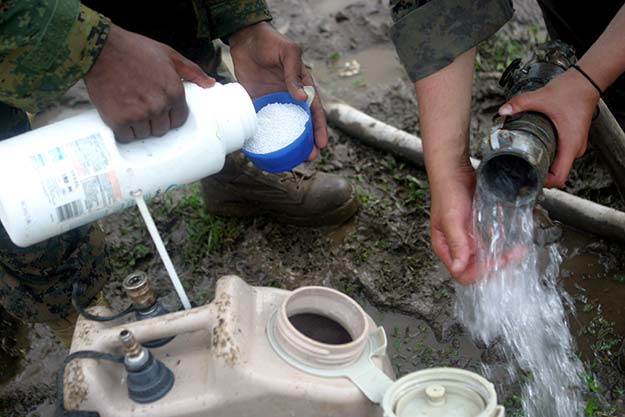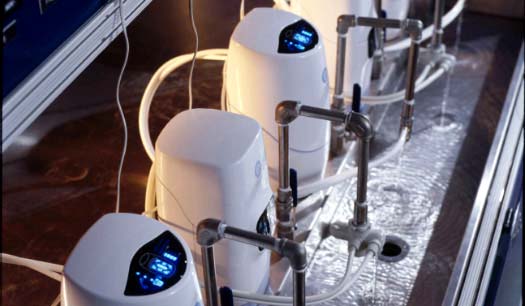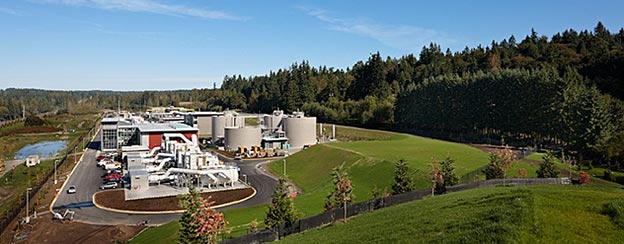Recent studies by the United States Government Accountability Office and the Environmental Protection Agency found numerous instances of pharmaceuticals in drinking water. According to the GAO, a “study focused on untreated source water used by public drinking water systems” found that 53 of 74 sites tested had at least one pharmaceutical present, and in 2010 the EPA showed that 54 active pharmaceutical ingredients and 10 metabolites, the product of biological changes to a chemical, had been found in treated drinking water.

Pharmaceuticals can enter the water supply in a variety of ways. Debates continue over how dangerous this is. Source: GAO
An earlier study from 2005 by the EPA and the Geographical Survey states that 40% of water was contaminated with nonprescription pharmaceuticals, and it has been reported that of the 8 of the 12 most commonly occurring chemicals in drinking water are estrogenic hormones. Read more











